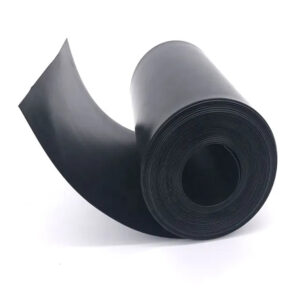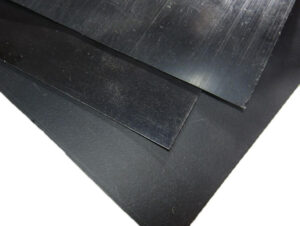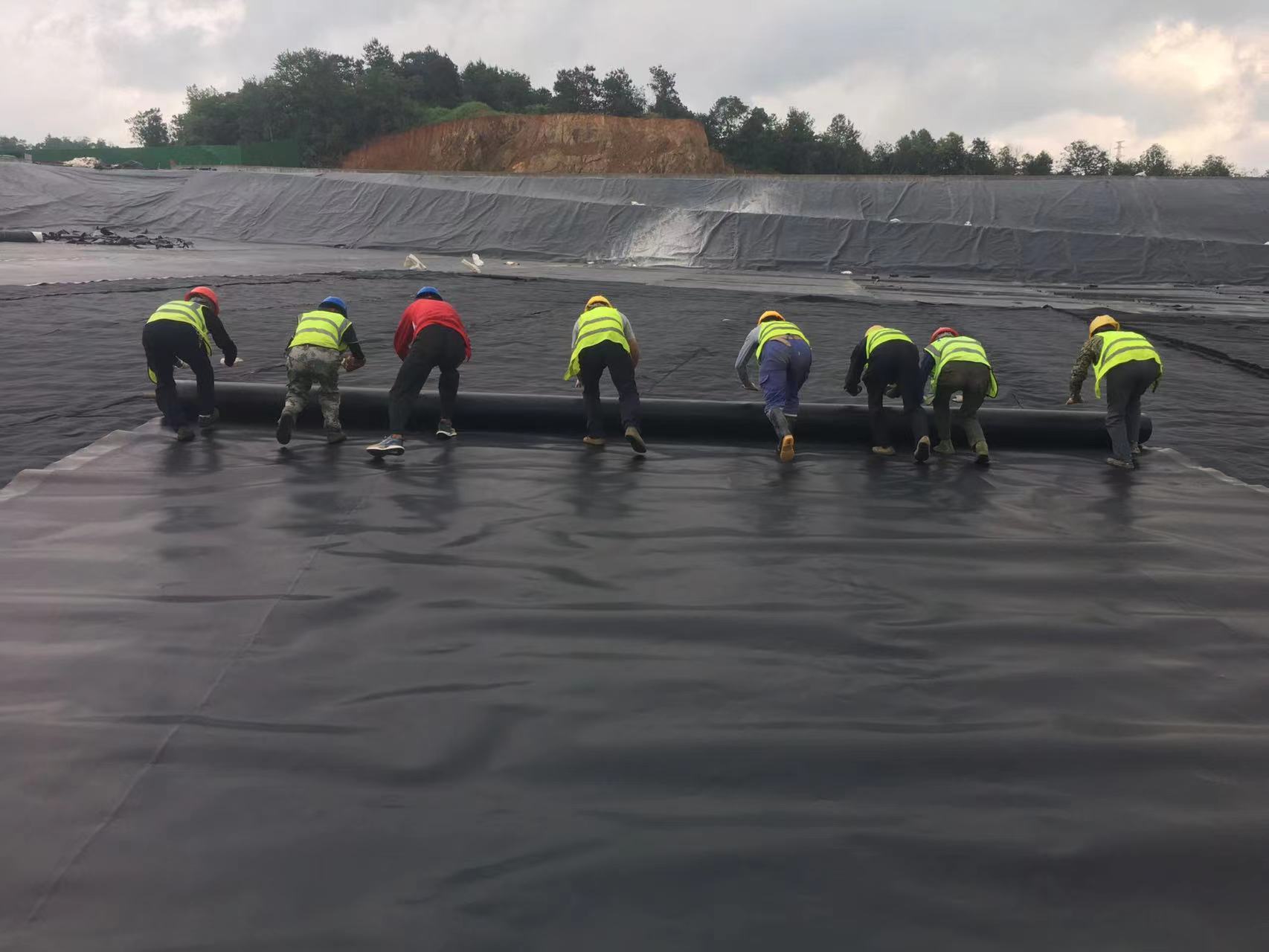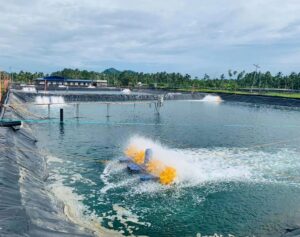Is geomembrane plastic?
Yes, geomembrane is a material made of plastic. It is usually made of plastic materials such as polyethylene (PE) or polypropylene (PP) and has properties such as waterproof, anti-penetration and chemical resistance.
Geomembranes are commonly used in engineering and construction projects to prevent moisture from the soil from seeping into buildings or other structures, or to control soil erosion.
This plastic film is widely used in fields such as civil engineering, environmental engineering and agriculture.
It usually has a certain level of durability and stability to ensure it can function effectively in a variety of environmental conditions.

What is HDPE geomembrane?
HDPE geomembrane refers to a geomembrane made of high-density polyethylene (HDPE). HDPE is a high-density plastic with many excellent properties, so it is widely used in geotechnical engineering to make geomembranes.
Here are some of the key features and uses of HDPE geomembranes:
High-density polyethylene (HDPE): HDPE is a high-density plastic with excellent anti-permeability properties that can effectively prevent the penetration of moisture, chemicals and gases. This makes HDPE geomembrane ideal for a variety of anti-penetration and waterproofing applications.
Chemical resistance: HDPE geomembrane is resistant to a variety of chemicals and is therefore widely used in environments such as the treatment of chemical waste, sewage landfills and chemical plants.
Aging resistance and UV resistance: HDPE geomembrane is usually added with antioxidants and anti-UV agents to increase its weather resistance, so it can be used for a long time in outdoor exposure conditions without easy decomposition or aging.
Strength and Tear Resistance: HDPE geomembrane has excellent strength and tear resistance, which allows it to withstand soil movement, mechanical stress and heavy loads without being easily damaged.
Environmentally friendly: HDPE geomembrane is a recyclable material, which helps reduce adverse impacts on the environment. It also helps prevent soil and groundwater contamination and is therefore very valuable in environmental projects.
HDPE geomembrane is widely used in various civil engineering, water conservancy projects, waste treatment, retaining walls, pond linings, sewage treatment, reservoirs, sewage tanks and other applications.
Its excellent impermeability and chemical stability make it an important material in the field of civil engineering, used to ensure the stability of engineering structures and environmental protection.

Geomembranes and geotextiles
Geomembranes and geotextiles are two materials commonly used in civil engineering and construction fields with different properties and applications. Here’s a comparison of the two materials:
Material:
Geomembranes: Geomembranes are typically made from plastic materials, most commonly plastics such as high-density polyethylene (HDPE) or polypropylene (PP). This gives the geomembrane excellent impermeability and chemical resistance.
Geotextiles: Geotextiles are typically made from textile materials, such as synthetic fibers such as polyester (PET) or polypropylene (PP). Geotextiles are typically water-permeable and are used to reinforce soil and prevent soil erosion.
use:
Geomembrane: Mainly used for waterproofing, anti-penetration, chemical pollution control, waste landfills, sewage treatment, water conservancy projects and other applications that need to prevent moisture penetration. It is often used to create an impermeable barrier that prevents water or liquids from penetrating into the ground or underground structures.
Geotextiles: Mainly used for soil reinforcement, soil erosion control, roadbed reinforcement, lawn and floor reinforcement and other applications. Geotextiles are commonly used to enhance soil strength, reduce soil erosion, and promote vegetation growth.
characteristic:
Geomembrane: It has excellent anti-permeability and chemical corrosion resistance, and can effectively prevent the penetration of moisture, chemicals and gases. Usually impermeable.
Geotextile: It has a certain degree of water permeability and allows moisture to penetrate. It provides soil reinforcement and protection while allowing water to penetrate into the soil.
Overall, geomembranes and geotextiles are two materials used for different purposes in civil engineering and construction projects.
Geomembranes are used to create an impermeable layer, while geotextiles are used for soil reinforcement and soil erosion control. The choice of material depends on the requirements and conditions of the specific project.
Author
-

Founded in 2002, Tinhy's team focuses on the manufacturing, marketing, installation, application and research and development of geosynthetic materials.
View all posts




